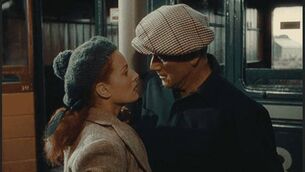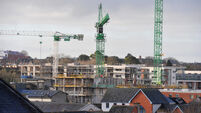Pet parakeets are now the bothersome birds of Barcelona

Silhouetted against the blue sky, catching the evening sun, for a second it replicated our home-bird, the heron that-haunts-us in west Cork.
That same haunting heron — looking splendid in grey silken plumage, with white bib of trailing feathers streaked with black — is almost certainly plaguing my son, at home. Or if not yet, it soon will be, as its young hatch and grow.The amount of fish it consumes (for regurgitation) then becomes prodigious, a half-bucket, two to three kilos of by-catch each day.














